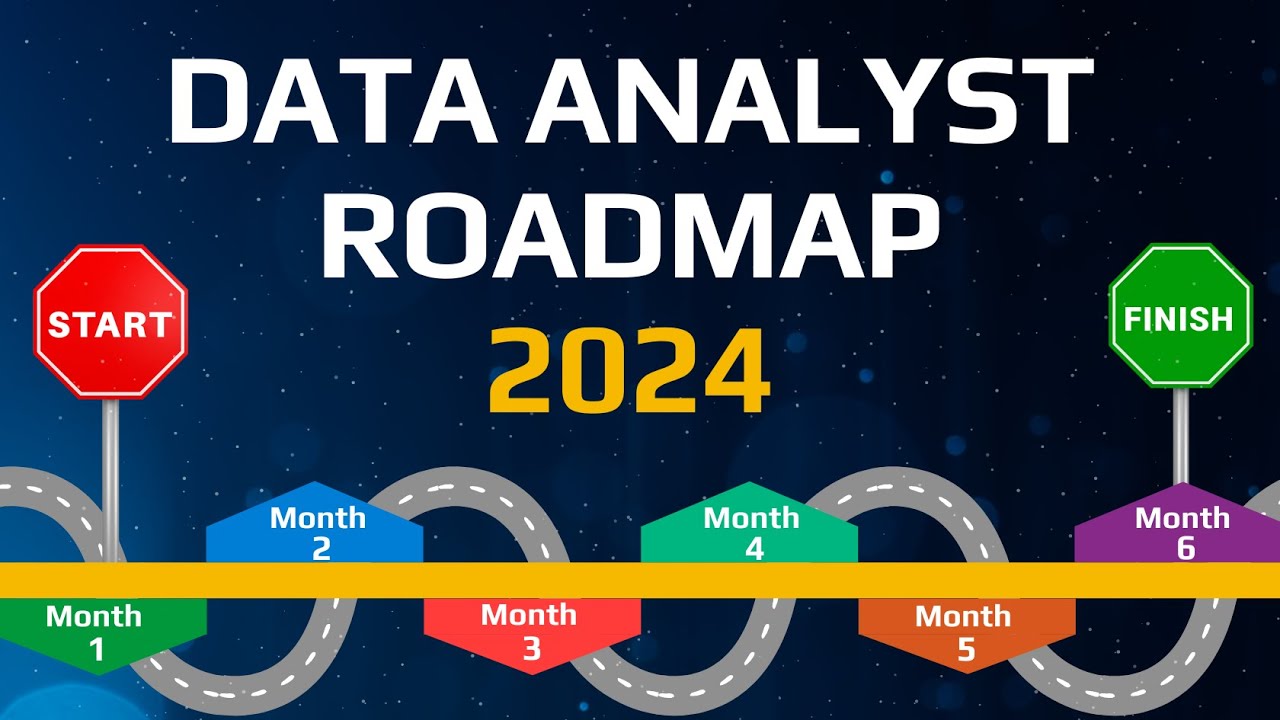Certainly! Becoming a proficient data analyst involves a combination of foundational knowledge, technical skills, and practical experience. Here's a roadmap for progressing from a beginner to a professional data analyst:
Phase 1: Getting Started
Understand the Basics:
- Develop a solid understanding of basic mathematics and statistics.
- Familiarize yourself with concepts like mean, median, mode, standard deviation, and basic probability.
Learn Spreadsheet Skills:
- Master tools like Microsoft Excel or Google Sheets.
- Understand functions, formulas, and data manipulation in spreadsheets.
Introduction to Databases:
- Learn the basics of working with databases.
- Understand SQL (Structured Query Language) for querying and managing data.
Phase 2: Core Skills
Programming Basics:
- Start learning a programming language commonly used in data analysis, such as Python or R.
- Get comfortable with basic programming constructs and data structures.
Data Cleaning and Wrangling:
- Develop skills in data cleaning and preprocessing.
- Learn to handle missing data, outliers, and data imputation.
Exploratory Data Analysis (EDA):
- Practice exploratory data analysis techniques to understand and visualize datasets.
- Use libraries like Pandas and Matplotlib/Seaborn (for Python) or dplyr and ggplot2 (for R).
Phase 3: Advanced Skills
Statistical Analysis:
- Deepen your understanding of statistical concepts.
- Learn hypothesis testing, regression analysis, and analysis of variance (ANOVA).
Machine Learning Basics:
- Familiarize yourself with the basics of machine learning.
- Understand supervised and unsupervised learning concepts.
Data Visualization:
- Master advanced data visualization techniques.
- Explore tools like Tableau or Power BI for creating interactive visualizations.
Phase 4: Specialization
Domain Knowledge:
- Choose a specific industry or domain of interest (e.g., finance, healthcare, marketing).
- Acquire domain-specific knowledge to enhance your data analysis.
Advanced Analytics:
- Explore advanced statistical modeling techniques.
- Learn about time series analysis and forecasting.
Phase 5: Real-world Applications
Build a Portfolio:
- Work on real-world projects to showcase your skills.
- Create a portfolio on platforms like GitHub or personal website.
Collaborate and Network:
- Join data science communities and forums.
- Attend meetups or conferences to network with professionals.
Phase 6: Professional Development
Soft Skills:
- Develop communication and presentation skills.
- Learn to translate data insights into actionable recommendations.
Continuous Learning:
- Stay updated with industry trends and emerging technologies.
- Consider additional certifications or courses to expand your skill set.
Job Search and Interview Skills:
- Tailor your resume to highlight relevant skills and projects.
- Practice common interview questions and problem-solving scenarios.
Remember to practice regularly, work on projects that interest you, and seek feedback to continually improve your skills. This roadmap is adaptable, and you can adjust it based on your interests and career goals. Good luck on your journey to becoming a professional data analyst!

